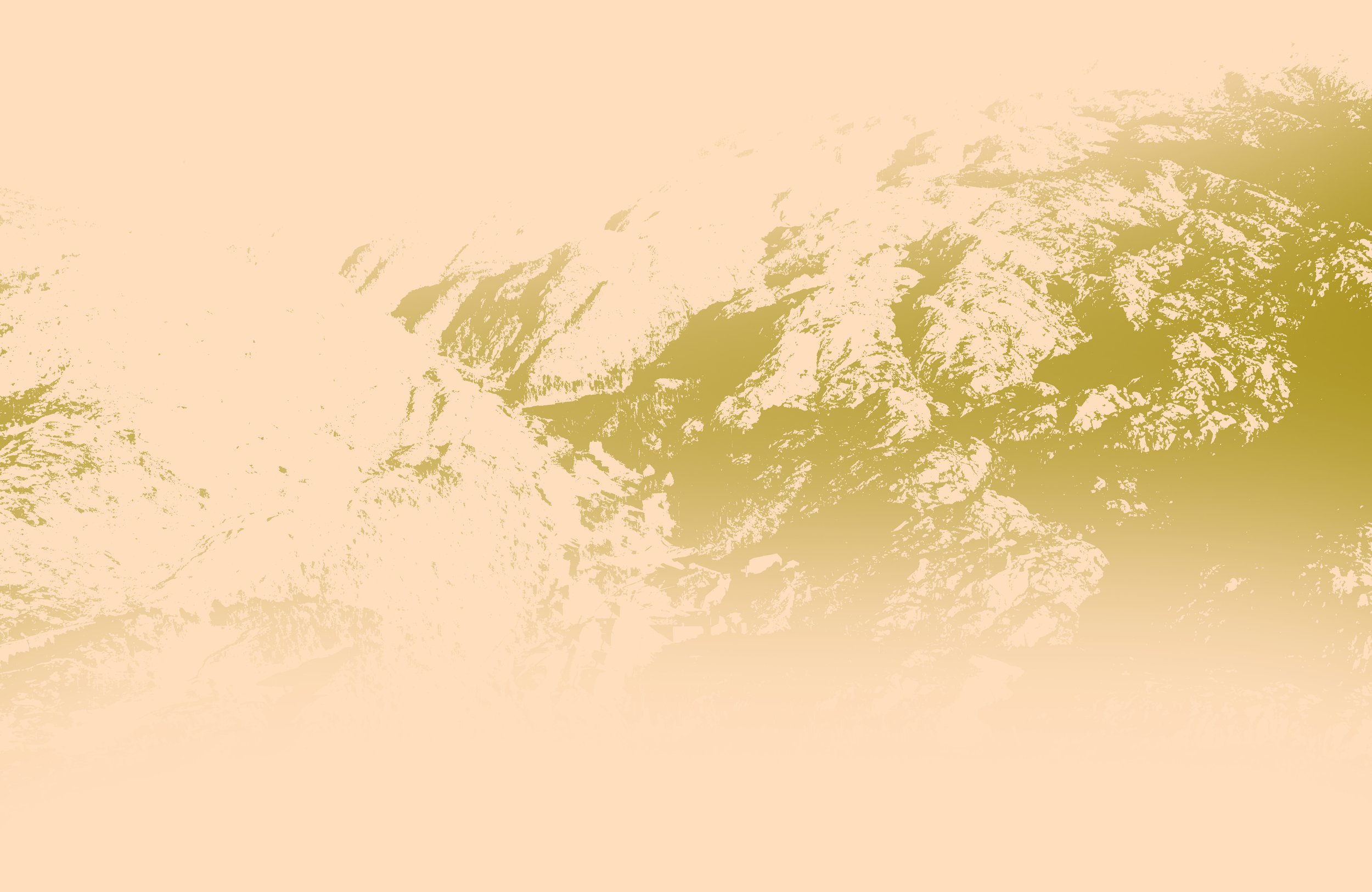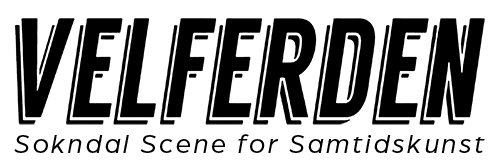
08.09.25 - 02.10.25
Ludvig Uhlbors
Ludvig Uhlbors is a theatre director and playwright with a bachelor's degree in dramaturgy from the Dramatiska Institutet in Stockholm and a master's degree in directing from KHiO in Oslo. Uhlbors has been active since 2006, including as artistic director and resident playwright at Institutet in Malmö, but also as director of the performance company The End Foundation and the studio association Etikett.
Since moving to Oslo in 2016, Uhlbors has produced a number of conceptual and interdisciplinary works in collaboration with stages and institutions such as Det Norske Teatret, Black Box Teater and BIT Teatergarasjen. These include three productions about the Norwegian philosopher Arne Næss, as well as some productions that explore online formats for the theatre stage.
Based on these works, Uhlbors has formulated a dramaturgy for theater – Deep Ecological Dramaturgies – which he has published in essays and presented in lectures at BIT Teatergarasjen and Dramatikkens hus.
Ludwig was on residency with us in September 2025. During this period he worked on a project that compares mining in Zambia with the local context in Sokndal. He writes this about the project:
"During my stay in Sokndal, I wanted to set my text-based blog work Zambia letters against the local context. Zambia letters are a series of letters that I wrote during a two-month stay at the Lusaka Contemporary Art Center in Zambia in the summer of 2025. In some of these letters I describe my experiences of mining and environmental problems in Zambia. These questions became available to me when I visited mines in the province of The Copperbelt and interviewed those who work and live in the area.
It has felt natural for me to try to find points of contact between that experience and the other mining that has been going on historically, and is still going on, in Sokndal through Titania AS. Searching for such points of contact and trying to translate them into text has been my main project. I have received a lot of help there Velferden Scene that has introduced me to the environment and invited me to participate in expeditions or excursions that have given me an insight into local mining and the problems it faces.
My work with these comparisons is based on a longer investigation that I have been conducting for several years and which is based on the Norwegian philosopher Arne Næss and his philosophies Deep Ecology and Ecology. There I seek to ask questions about man's self-image and interaction with ecosystems and processes in nature."
Ludvig also reflects on his experience of sound in Sokndal and its relationship to the contrast between Western and African mask traditions:
"During my daily walks in the countryside and in connection with my excursions to Blåfjell, I have become interested in the sounds I have recorded. In Blåfjell, I was fascinated by the echoes in the mines. In the landscape adjacent to the Direktørsboligen, where I have lived, I have listened to the sounds that arise in the landscape, to the grass and trees and the wind, but also to the distant sounds from society. The difference between the echoes in Blåfjell and the sounds in the open-pit quarry the coast, which is operated via the modern form of mining Open Crater Mining, has interested me.
I recall a couple of experiences that I had in Zambia and which are related to theater masks. In the western theater tradition, it is the visuals that animate the mask. The actor puts on the mask and looks at himself in the mirror, and when he or she sees the mask he takes his first breath and then the mask begins to live. In Zambia, on the other hand, it is the sound that animates the mask. The mask wearer puts on the mask, and at the first sound that comes from the throat, the mask starts to come alive.
This suggests an old conflict between hearing and sight that concerns ontology. It is generally assumed within the history of ideas that the Greeks and Indo-Europeans introduced the gaze as the primary organ of ontology, but that originally it had been hörseln and listening that created our perception of reality. This tension between the visual and the auditory also recurs in the myth of Narcissus and Echo.
It is easy to read in a tension between an auditory, African, tradition and a visual, European, tradition which also has points of contact with colonial problematics. How do we export a Western, image-based, perception of reality to people in Zambia? How does it tear apart the traditional social structures in the country and man's relationship to the landscape?"
Read Ludivg's Zambia Letters here: https://www.ludviguhlbors.com/blog
Photo © Hanna Biørnstad

